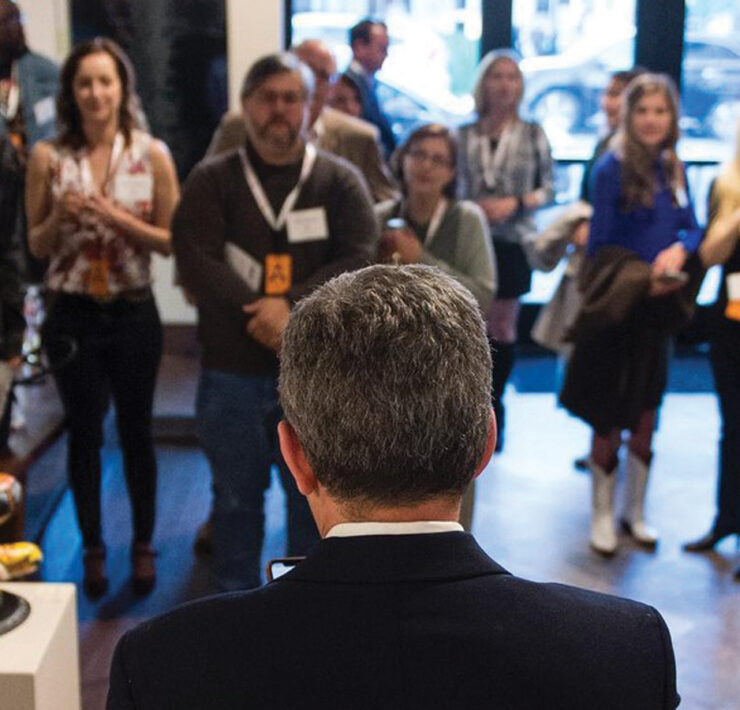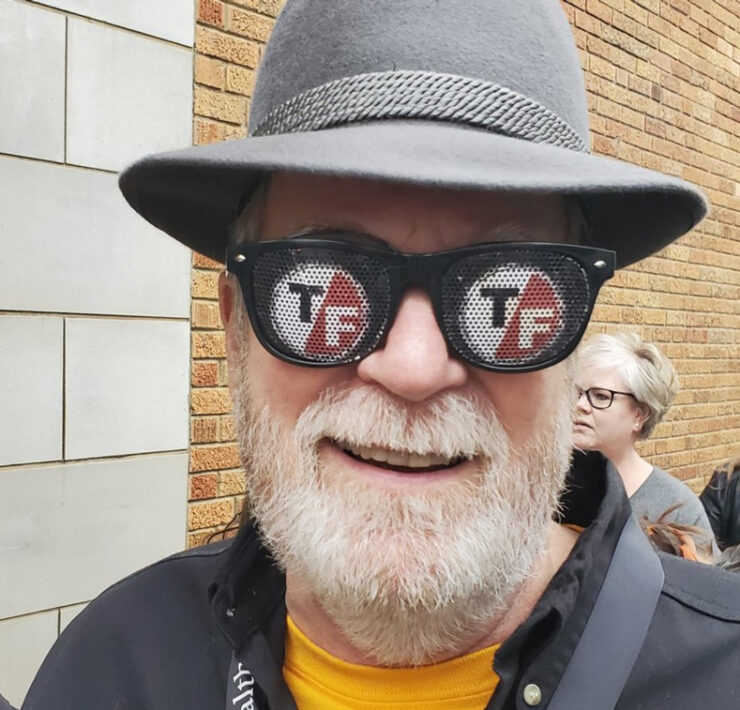(Re)discovering COMO
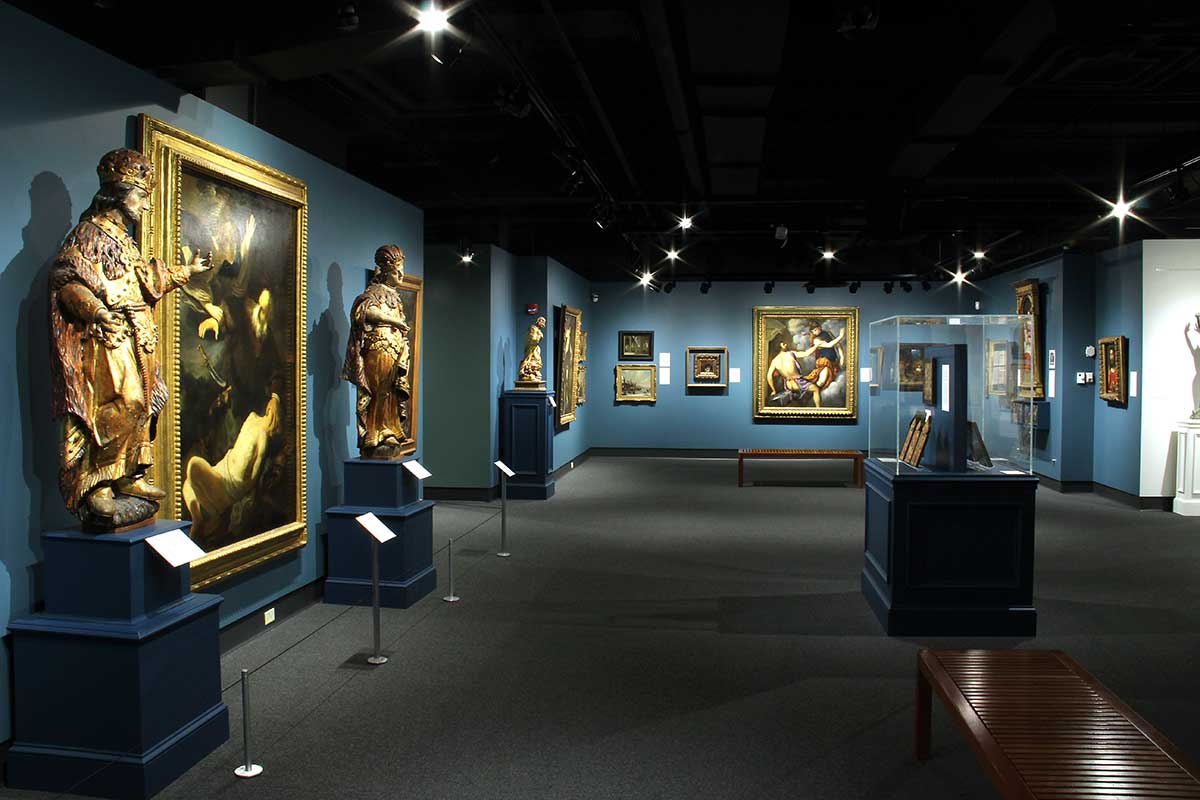
MU Museum of Art and Archaeology finds a new home after four years; reopening this fall.
The University of Missouri’s Museum of Art and Archaeology will reopen this fall after being shuttered for four long years, a period of time that seemed to give the storied museum unintentional “hidden gem” status.
“We serve the entire community — not just Mizzou,” says Daniel Eck, director of the Museum of Art and Archaeology. “We want the university and the community to be exposed to the art and culture of six continents and thousands of years of human creativity.”
Eck joined the museum in July 2022 and he’s enthusiastically awaiting the museum’s reopening to begin a new chapter in its history. With the demolition of Mizzou North off the Business Loop, the museum will relocate to the lower east level of Ellis Library.
The museum has had several locations over the years, but this reopening puts the collection of artwork and artifact displays in the heart of campus once more. Although the museum is of interest to students and scholars, it is also a rich resource for the greater Columbia region to experience and enjoy.
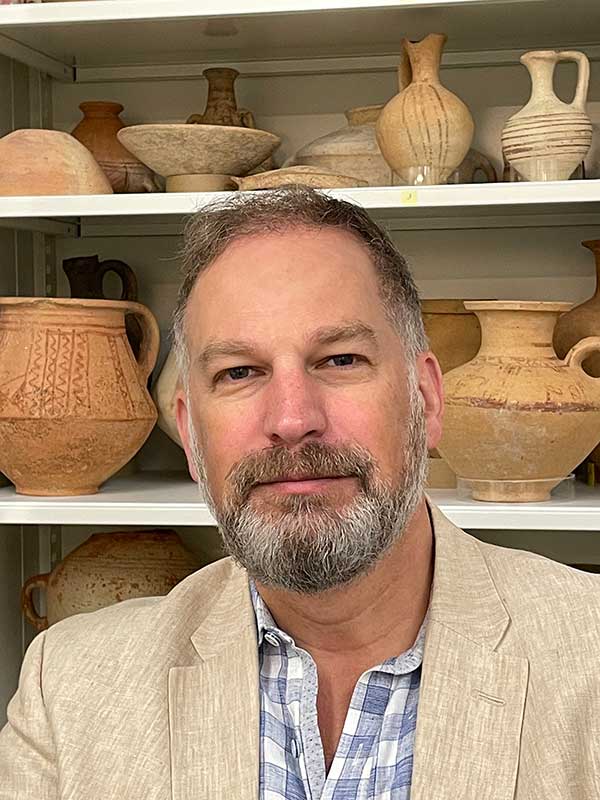
If you are not familiar with the Museum of Art and Archaeology, it has a storied past of its own to reveal. Two professors, Walter Miller and John Pickard, played key roles in promoting the study of art and archaeology in the late 19th century at MU.
It was in 1957 when Gladys and Saul S. Weinberg (with support from then-MU President Elmer Ellis) that the museum began with a meager budget to purchase 17 items.
Today, the museum’s collections have grown to over 16,000 objects.
The museum’s moving history
Over its decades of existence, the museum occupied a wide variety of spaces across the University of Missouri campus, Eck says. The museum’s first permanent home was in Pickard Hall on the Frances Quadrangle in 1976. Prior to the current move to Ellis Library, the museum was housed at Mizzou North at 115 Business Loop 70 West. (Mizzou North is currently being demolished.)
After many years of shutdown and future planning, the museum will soon relocate to the lower level of Ellis Library, which was the former home of the Missouri State Historical Society. The new museum is slated to open later this year. Eck explains that the reopening date is dependent on renovation and construction work, but he says the renovation work is progressing nicely.
“We will have four gallery spaces,” he says. “The two galleries will be dedicated to our permanent collections. One will be dedicated to antiquities. People will be very familiar with things from ancient Greece, Egypt, Rome, and Byzantine objects. The other gallery space will be dedicated to our art collection. These are works from the Renaissance, Baroque, on up to not-quite modern times.”

Eck says that some items may rotate in and out, but for the most part, things will remain fairly consistent in the two main galleries, which will be dedicated to the museum’s permanent collection of antiquities and art. The new museum will also feature two temporary exhibition galleries that will rotate new shows within those spaces.
“Since we have 16,000 works within our collection, we can only show a few hundred items at any given time because we don’t have enough space,” he adds. “The two temporary exhibit areas allow us to show them. We can bring in objects from other museums and works of art from other artists as well.”
Preparing for the public
The first two showcase exhibits that are planned when the museum reopens will feature recent acquisitions and “big” artwork, Eck says.
“The first [temporary] exhibit will be items that have been donated or purchased by generous donors over the past six years that are new to the museum — but people have never seen these before,” he notes. The second temporary exhibit will feature large-scale works of art that require a larger dedicated space need to display them.
The museum’s move back to the traditional campus will certainly provide easier access for university students, Eck continues, adding that he and his staff are eager to welcome back children, families, and school groups to the museum as well. The reopening of the museum also marks the resumption of lectures, book clubs, and other educational resources for the larger community.
The museum closed in the spring of 2020 — much like everything else — as a response to the COVID pandemic. The museum staff changed their focus to online exhibits during the pandemic, using the time to plan for future exhibit space.
The museum hosts a variety of engaging online exhibits which can be accessed at: https://maa.missouri.edu/exhibitions .
“There is nothing like seeing objects in real life,” Eck explains. “That is what humans are designed to do. We need to examine things with our own two eyes. Online exhibits are a nice temporary stopgap — but we have been closed for nearly four years due to COVID and the move. We have achieved hidden gem status unintentionally.”
For now, construction work continues while museum faculty and staff prepare the galleries and the items for exhibits, carefully protecting other ancient artifacts.

Staff members including Sarah Thomson, registrar and collections manager, work with rare and ancient Greek antiquities, for example. Dozens of display cases line the lower levels of Ellis Library protecting artifacts and artwork from across the globe.
As noted, the new museum featuring four galleries and exhibits will rotate periodically in the two temporary exhibition areas. Although the museum is closed until renovations are completed, admission to the museum is free and the public is invited to explore the exhibits when the museum reopens. When the museum reopens, it will be open to the public six days per week, closed only on Mondays.
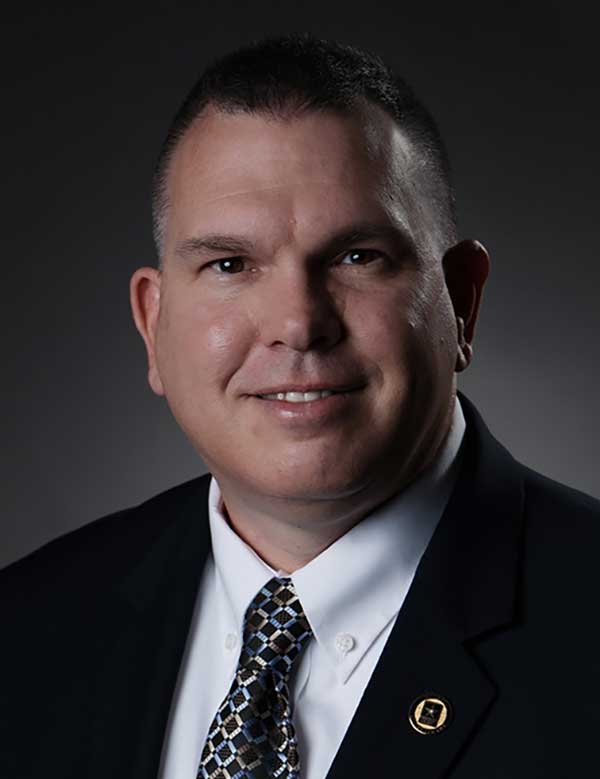
Jamie Melchert is a long-time Columbia resident who enjoys the arts, entertainment, and the outdoors.
Among his work experiences, he is most proud of his military service with the Missouri Army National Guard. He now enjoys traveling with his wife and family to destinations near and far.
Jamie is exploring old and new places to help residents like him, as well as newcomers, (re)discover COMO.



